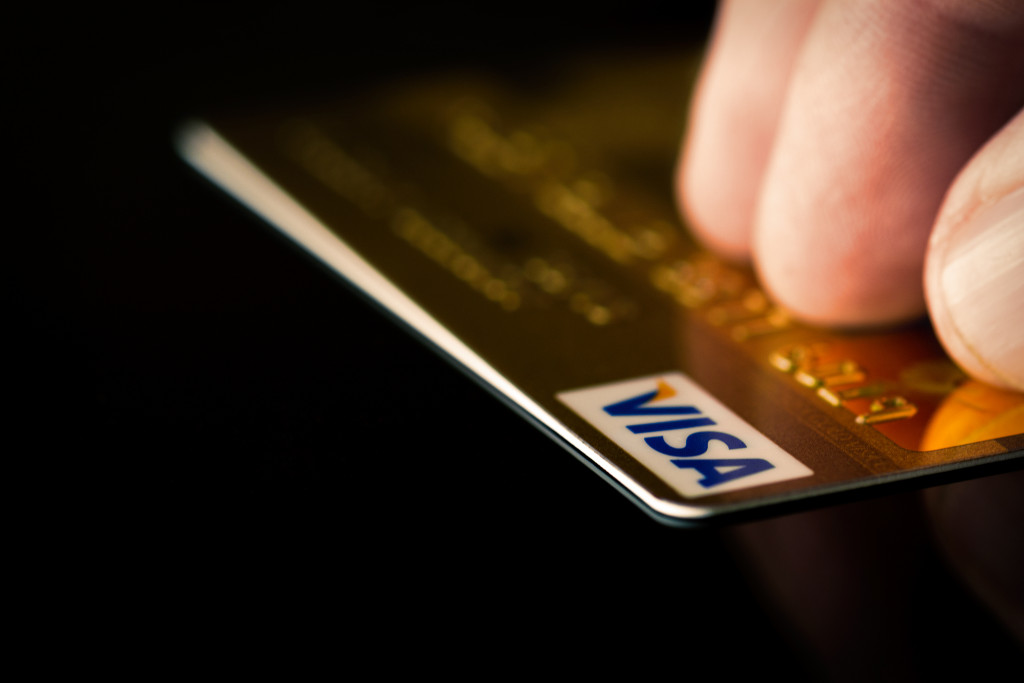We have heard of what happened in Zimbabwe to decrease their national debt and grow their declining economy. It turned out that printing more money will not solve any of their problems and result in hyperinflation. We can learn that creating more cash is not a long-term solution and making more upward movement in the economy. However, the need for hard money is starting to be outdated. Today, more and more transactions are beginning to be cashless.
Will the future be cashless?
In Europe, several countries have started favoring cards instead of hard cash for their availed products and services.
- In the UK, Consumers had reportedly used debit cards 13.2 billion times in 2017. On the other hand, cash payments decreased by 15%. The Brits are expected to go cashless by the mid-2020s.
- In Sweden, the number of transactions in 2019 using hard cash is a mere 2 percent. As analysts suggested, cash-based transactions in the said country fell to more or less than 1 percent by 2020. Sweden is also aiming to be the world’s first cashless society by March 2023. Some businesses still accept cash, but on exactly March 24, 2023, people can no longer use and accept cash as a means of payment in Sweden. By then, the residents and tourists can no longer pay cash and have to pay electronically instead.
- In Finland, where the population is 5.5 million, cash is becoming increasingly irrelevant in rural and urban areas. It ranked next to Ireland (first) regarding card usage frequency, fifth in e-commerce spending as a GDP percentage, third in internet banking penetration. It also ranked second in smartphone penetration for the 2022 prediction. However, this country is not taking drastic measures as Sweden does.
In Australia, as per the forecast, the majority of their population should have at least one smartphone by 2022. By that time, 70% of Australians will also be using internet banking. Due to security reasons, Australia’s open banking legislation has been a bit delayed. Once resolved and the law becomes effective, around 2021, more digital payment methods and other alternatives will be made available to the average consumer.
In the United States, while debit cards are the most-used form of payment, cash remains second, so the paper dollar’s time is still far from up. Although the pandemic made cashless the ideal way to proceed with our transactions, paper money has been proved to bear virus particles for about the same time or even less than credit and debit cards do. Also, millions of unbanked and underbanked Americans can not keep up with such a transition.

Pros and Cons of a cashless future
Pros:
- It opens doors to a lot of investment opportunities, especially for businesses. Instead of letting your excess money or profits gather cobwebs in the bank, you can explore stocks or bitcoin. One bitcoin amounts to 46,737.80 United States Dollars as of this writing, and the amount keeps on rising. If your company has been into cryptocurrency for a while now, you can also contact a crypto marketing agency to help you get the best deal.
- There will be lower crime rates. Criminals will have the intricate details of electronic payments and be super tech-savvy before they could take away your money.
- Governments spend millions every time they have to alter the currency notes to avoid counterfeiting. Governments can allot money for printing to other things.
Cons:
- Electronic transactions kill privacy. During digital transactions, our data are handled by different parties. However, the more information you share online, the more likely it is to fall into malicious hands. Cash allows anonymity.
- There are hacking risks. We may avoid armed robbers or sneaky thieves, but hackers are everywhere in the world. They are electronic muggers, and they can sweep everything you’ve got.
- Technology problems could be a hassle. When the system is down or has glitches, we can be left unable to buy or pay for things. Simple mistakes can also leave your cash flow dry.
Although many businesses operate using electronic payment, there is no doubt that cash is still the most used mode of payment worldwide. There are still many underprivileged who do not have a bank account or a credit card. Some people don’t even have an address which is needed when opening an account.
There will be people who will be left behind if society pushes through with being cashless when not everyone is not yet financially ready. However, cashless means progress and convenience. Both hard cash and electronic payments have their respective merits.
